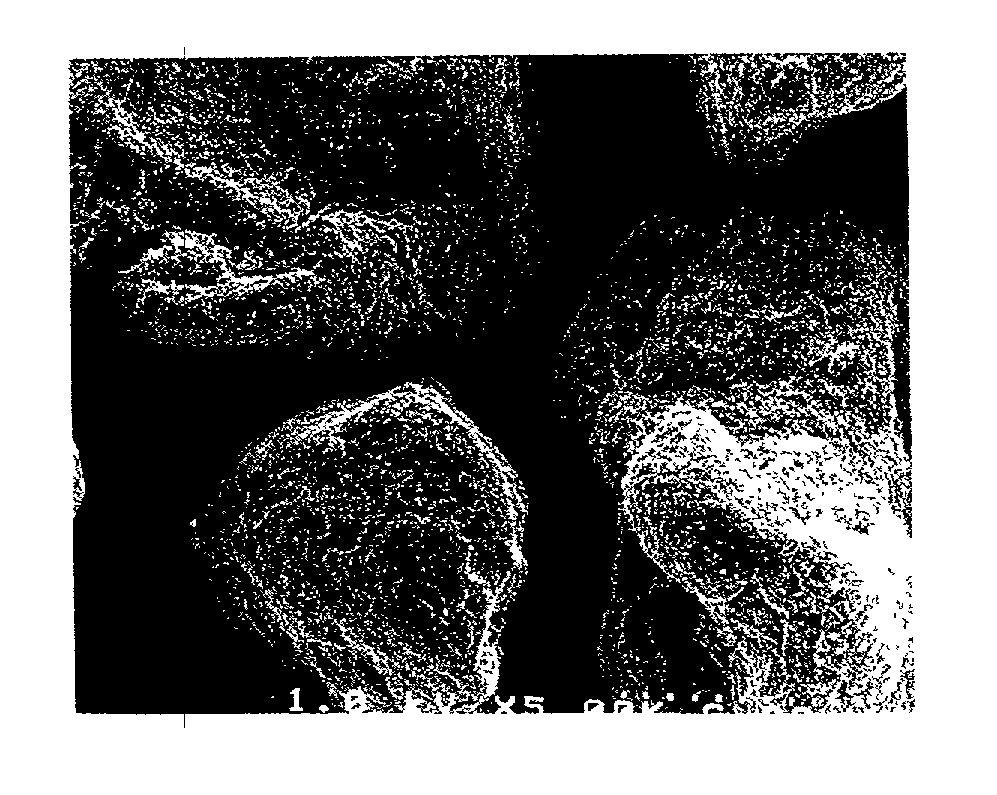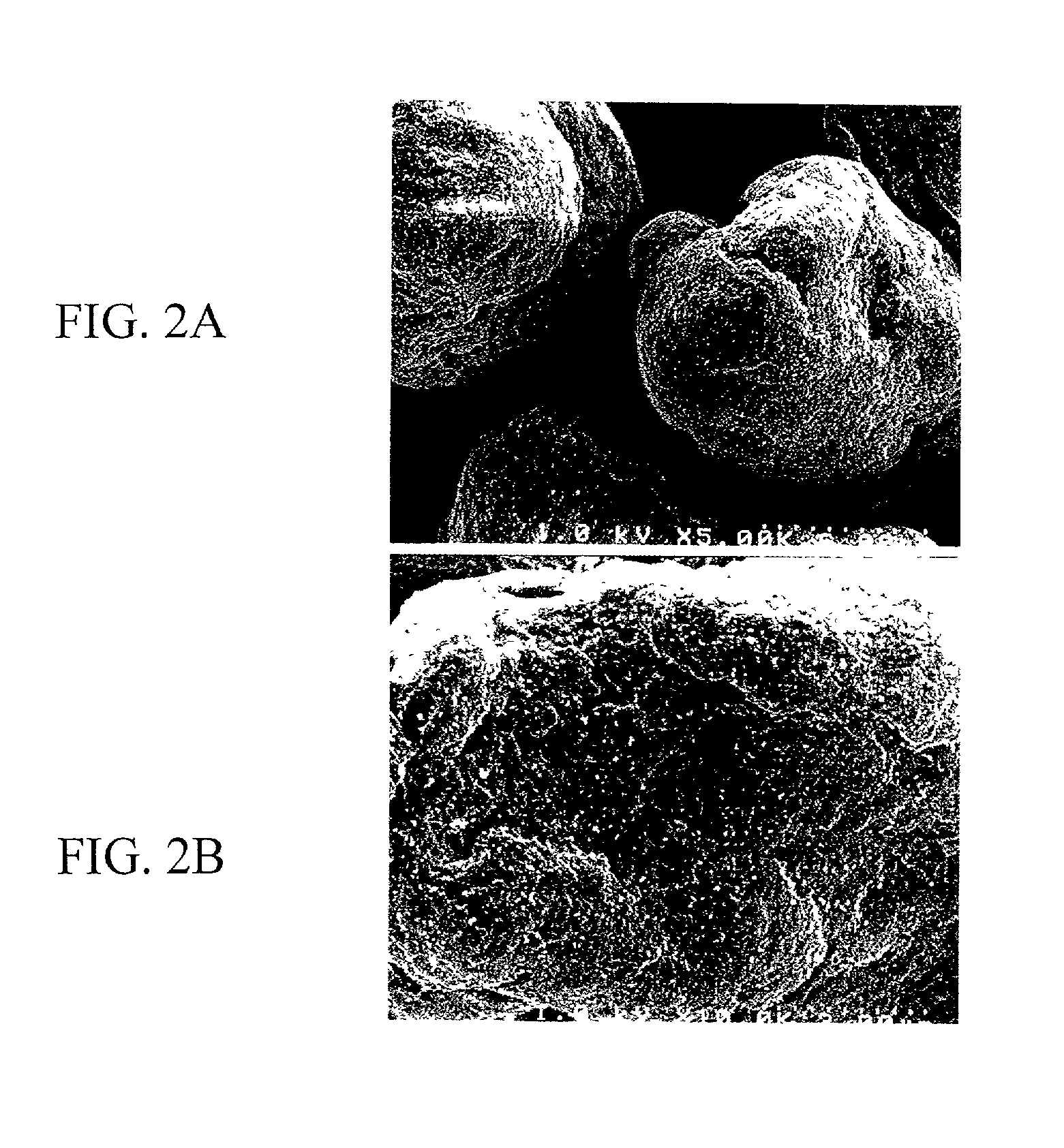Development systems for magnetic toners and toners having reduced magnetic loadings
a technology of development system and toner, which is applied in the field of development system of magnetic toner and toner having reduced magnetic loading, can solve the problems of micr toner having such heavy iron oxide loading being quite difficult to manufacture, degraded image quality relative to image, and low quality of micr toner, etc., and achieves the effect of sharp image quality
- Summary
- Abstract
- Description
- Claims
- Application Information
AI Technical Summary
Benefits of technology
Problems solved by technology
Method used
Image
Examples
example 1
[0050] A MICR toner was made from the following components:
1 Chemical Trade name Manufacturer Weight % Polyester resin 5EXP NexPress 71.9% Carbon Black Black Pearls 430 Cabot Corp 5.8% Polypropylene wax Viscol 550P Sanyo 1.44% Polyethylene wax Unicid 700 Petrolite 1.44% Iron oxide Magnox B-XT-2552 Magnox 18.0% Iron organic chealate T77 Hodogaya 1.44% charge agent
[0051] The components were dry powder blended in a 40 liter Henschel mixer for 60 seconds at 1000 RPM to produce a homogeneous blend.
[0052] The powder blend was then melt compounded in a twin screw co-rotating extruder to melt the polymer binder and disperse the pigments, charge agents, and waxes. Melt compounding was done at a temperature of 230.degree. F. at the extruder inlet, 230.degree. F. increasing to 385.degree. F. in the extruder compounding zones, and 385 .degree. F. at the extruder die outlet. The processing conditions were a powder blend feed rate of 10 kg / hr and an extruder screw speed of 490 RPM. The cooled ext...
example 2
[0056] The toner in this example, prepared as above and designated 9834-8, consisted of a polyester binder with 18% by weight Fe.sub.3O.sub.4, carbon black as a colorant, waxes for release from the fusing roller, no charge agent, and a silica particle surface treatment. The carrier was strontium ferrite, magnetized to 400 gauss and sieved. The two part developer was made by weighing out toner and carrier and then mixing them together by hand in a container. The resulting developer was then installed in the rotating magnetic core toning station of a printing machine substantially like the Digisource 9110 printer.
[0057] This material was use to make 10,000 prints of various image types with data being taken as the test progressed. At the end of this 10,000 print run, additional setpoints were used to identify the useful setpoint conditions which result in both good visual appearance and acceptable magnetic performance.
[0058] FIG. 1 shows the performance of this toner in two critical d...
example 3
[0059] Toner for example 3 was prepared as above with 30% Fe.sub.3O.sub.4 by weight. The developer was the same as for example 2. The experimental run followed the same pattern as in example 2.
[0060] This data is plotted in FIG. 1 and shows the effect of a higher level of Fe.sub.3O.sub.4. The signal strength is higher in general than Example 2.
PUM
 Login to View More
Login to View More Abstract
Description
Claims
Application Information
 Login to View More
Login to View More - R&D
- Intellectual Property
- Life Sciences
- Materials
- Tech Scout
- Unparalleled Data Quality
- Higher Quality Content
- 60% Fewer Hallucinations
Browse by: Latest US Patents, China's latest patents, Technical Efficacy Thesaurus, Application Domain, Technology Topic, Popular Technical Reports.
© 2025 PatSnap. All rights reserved.Legal|Privacy policy|Modern Slavery Act Transparency Statement|Sitemap|About US| Contact US: help@patsnap.com



